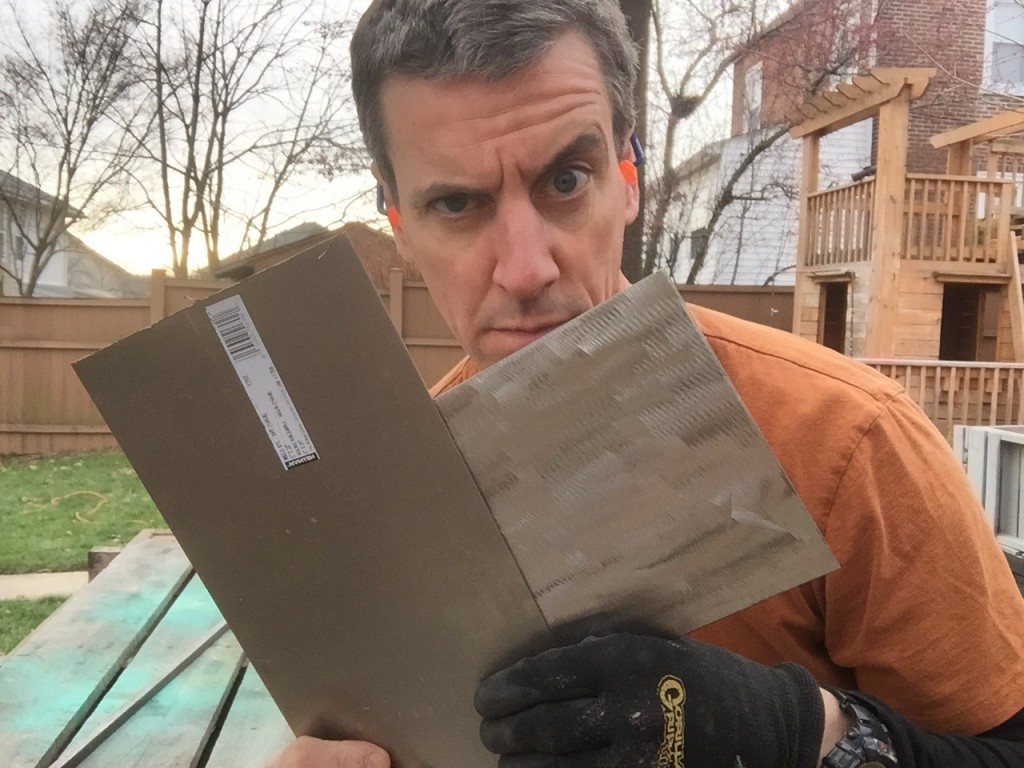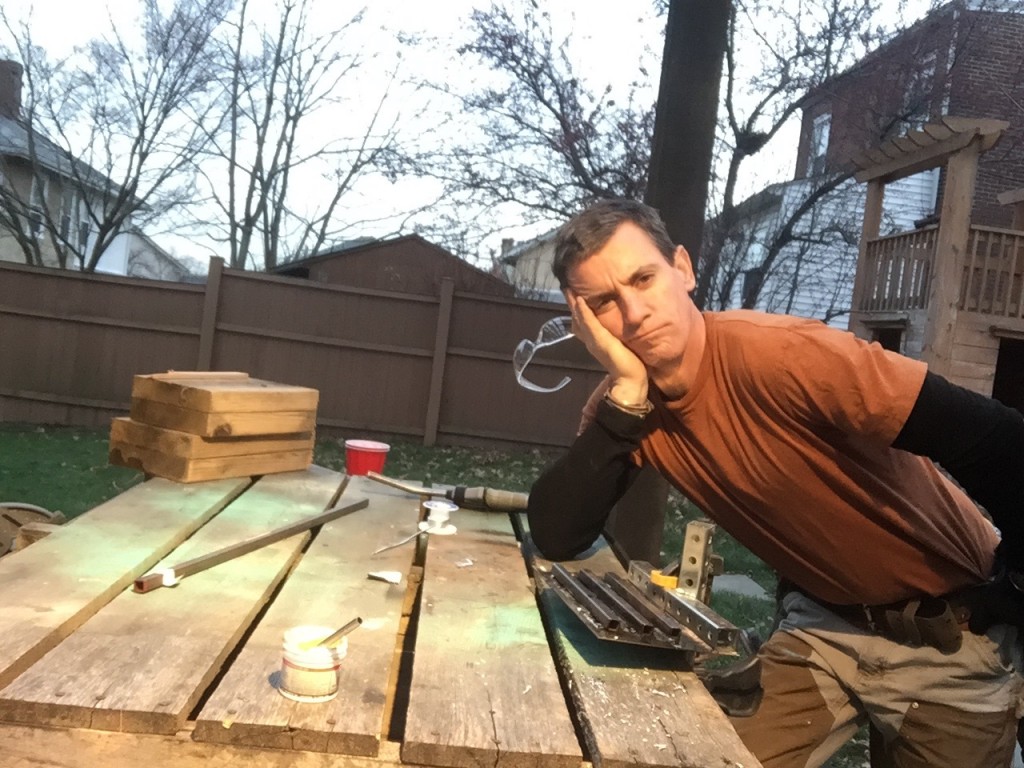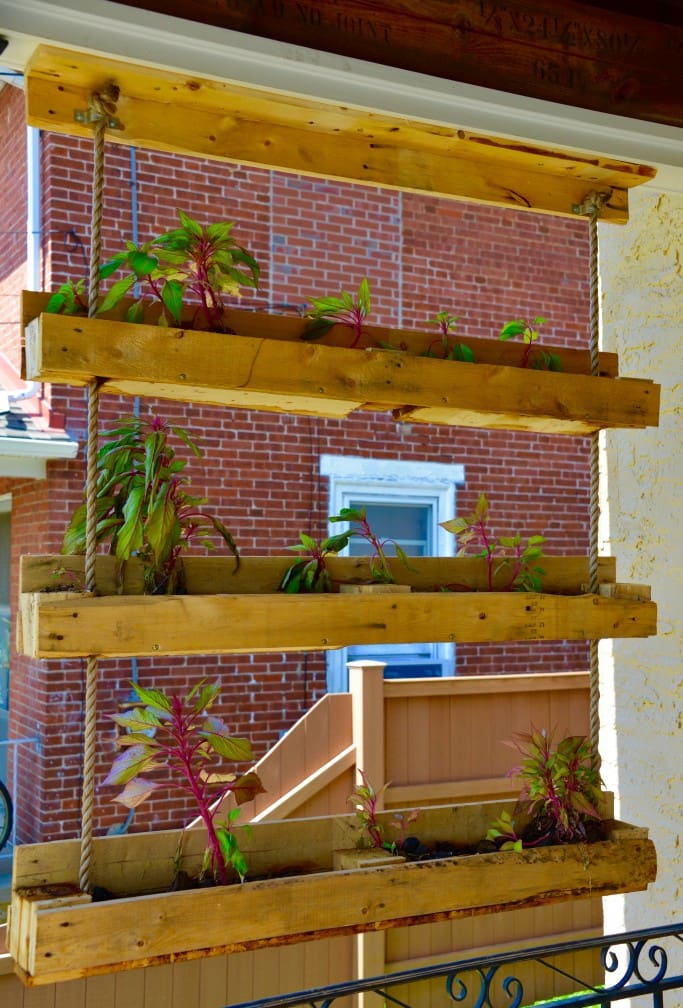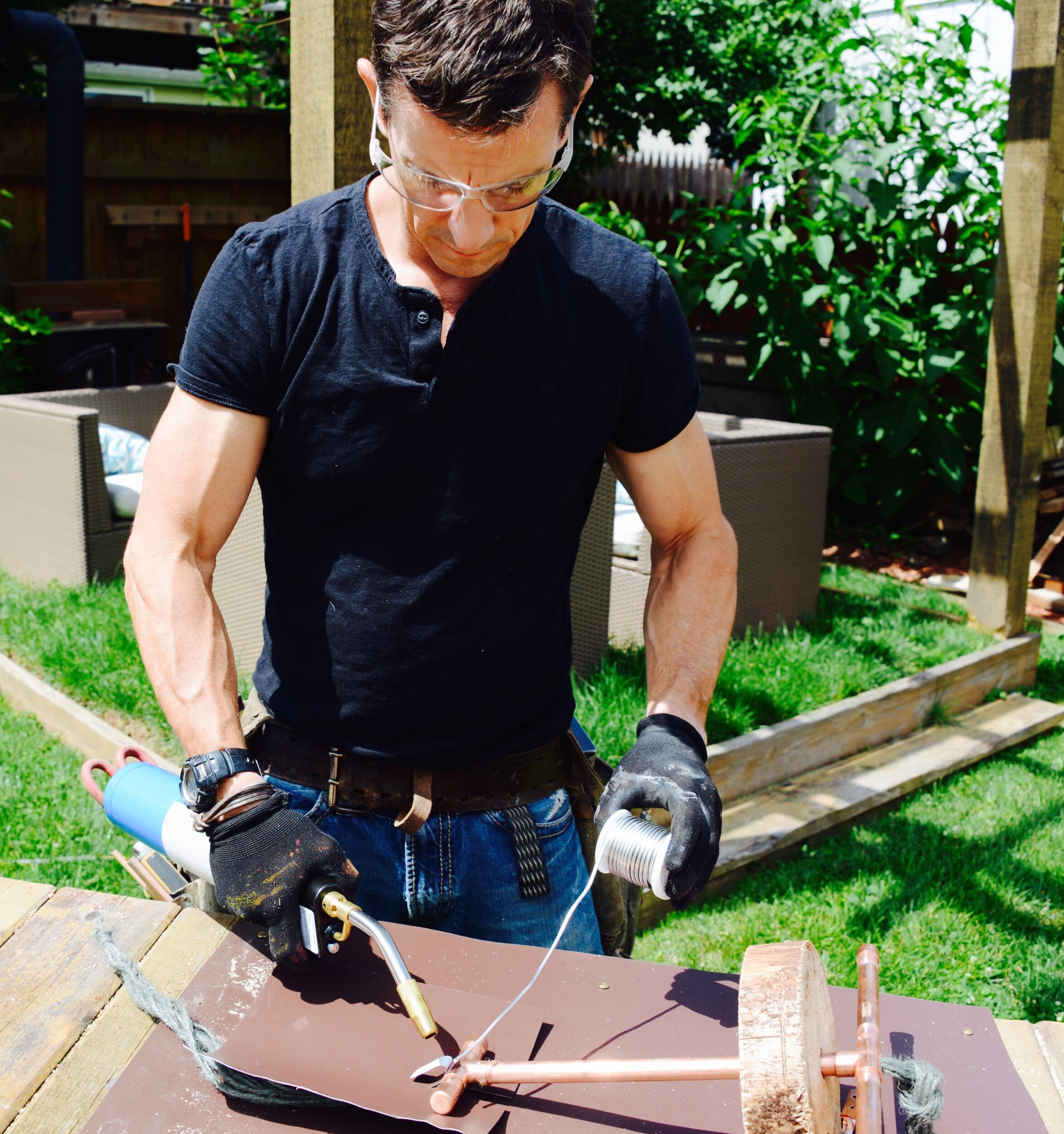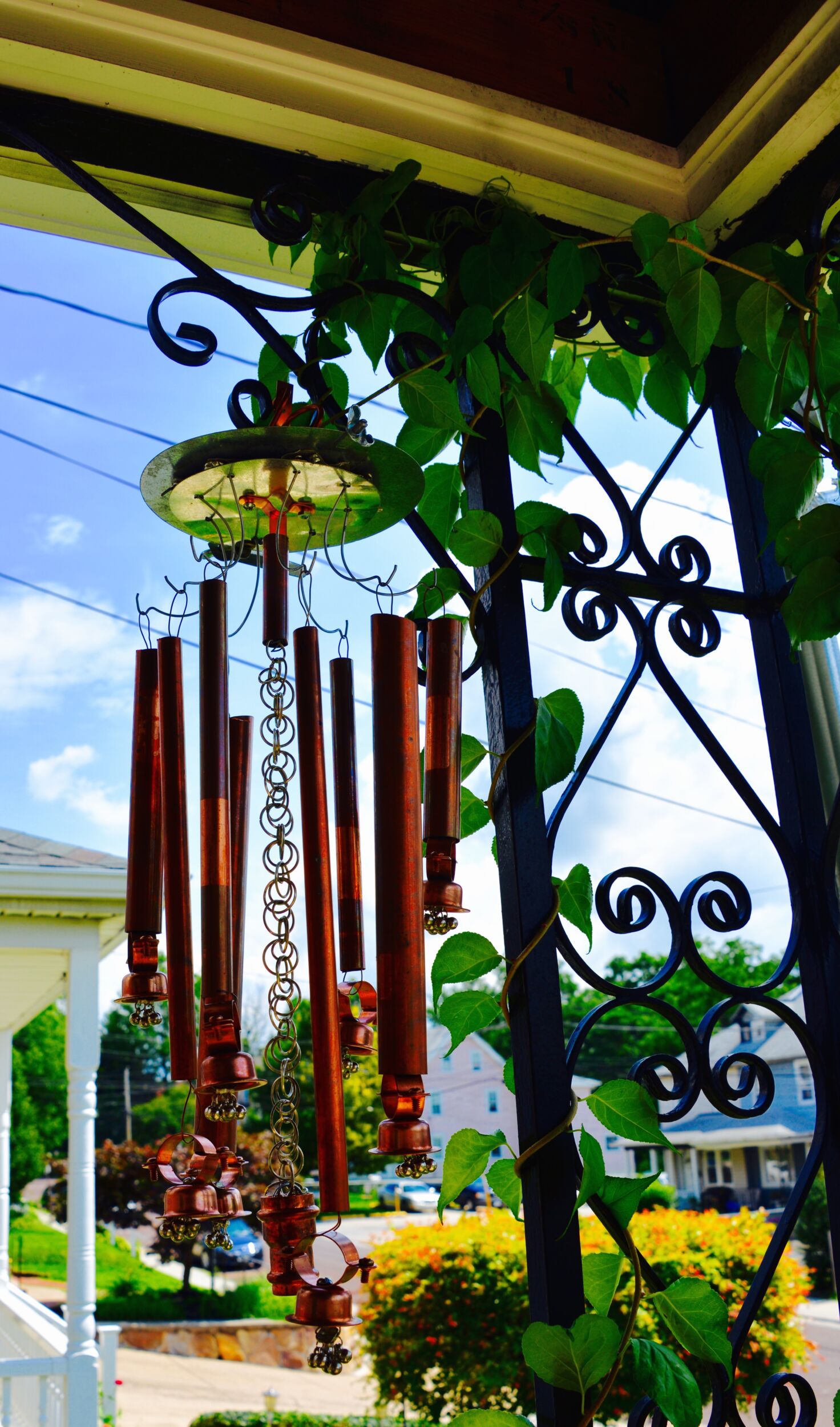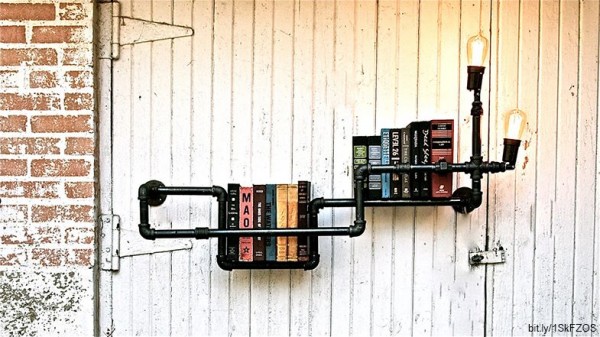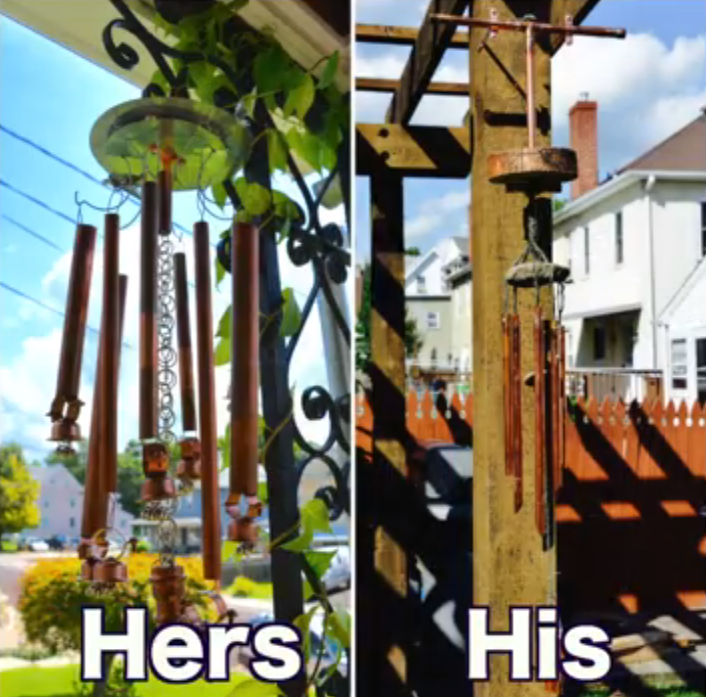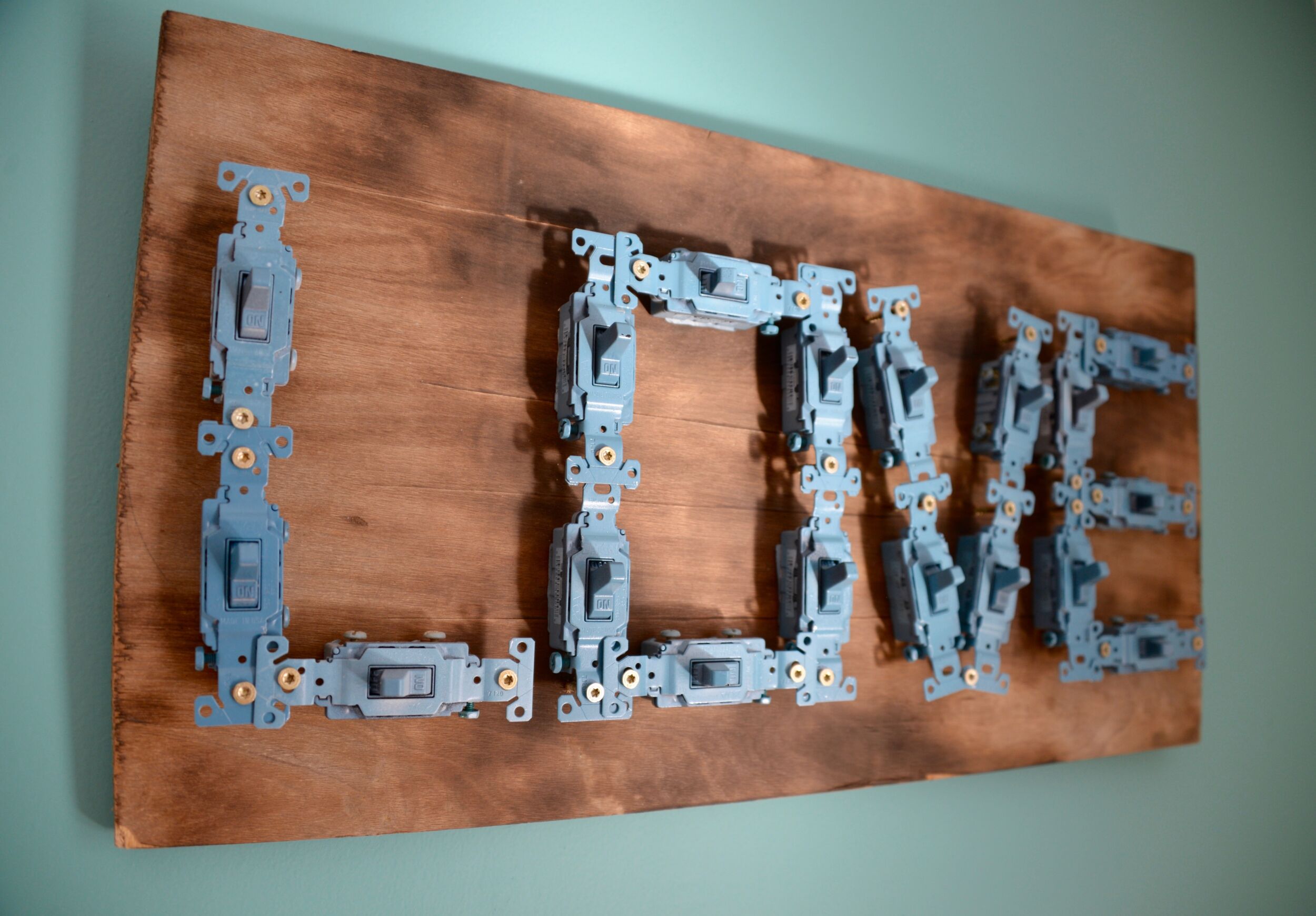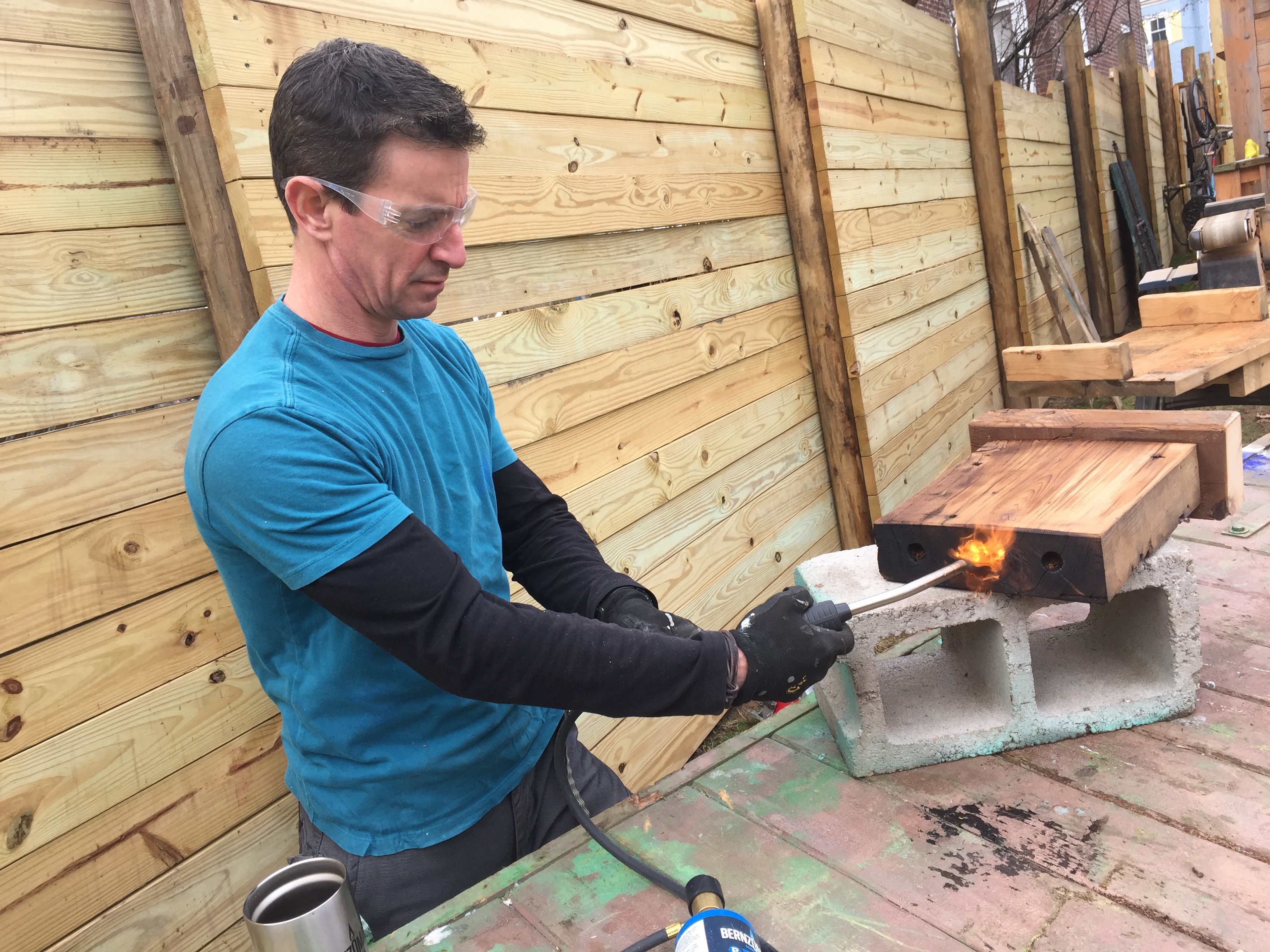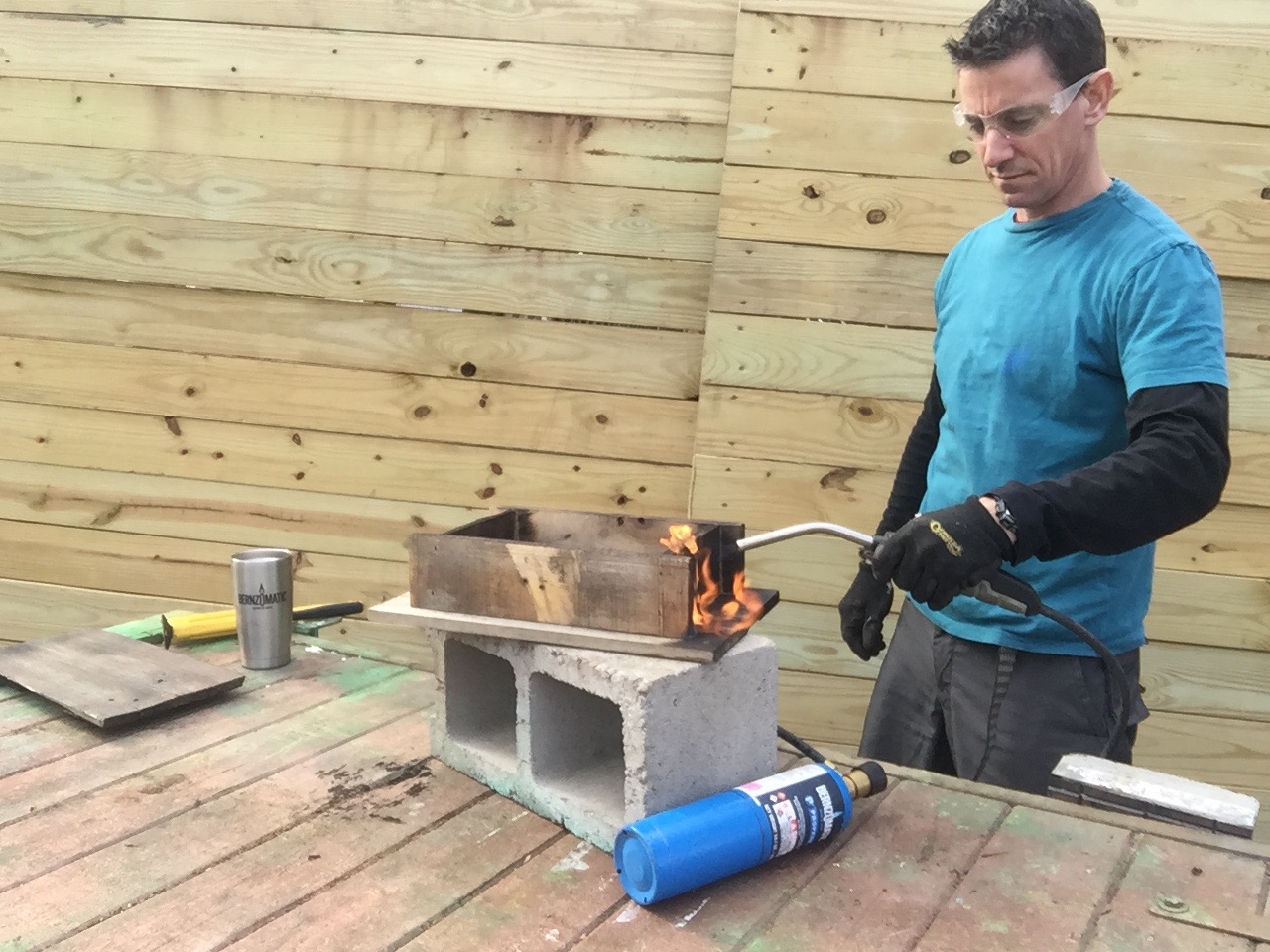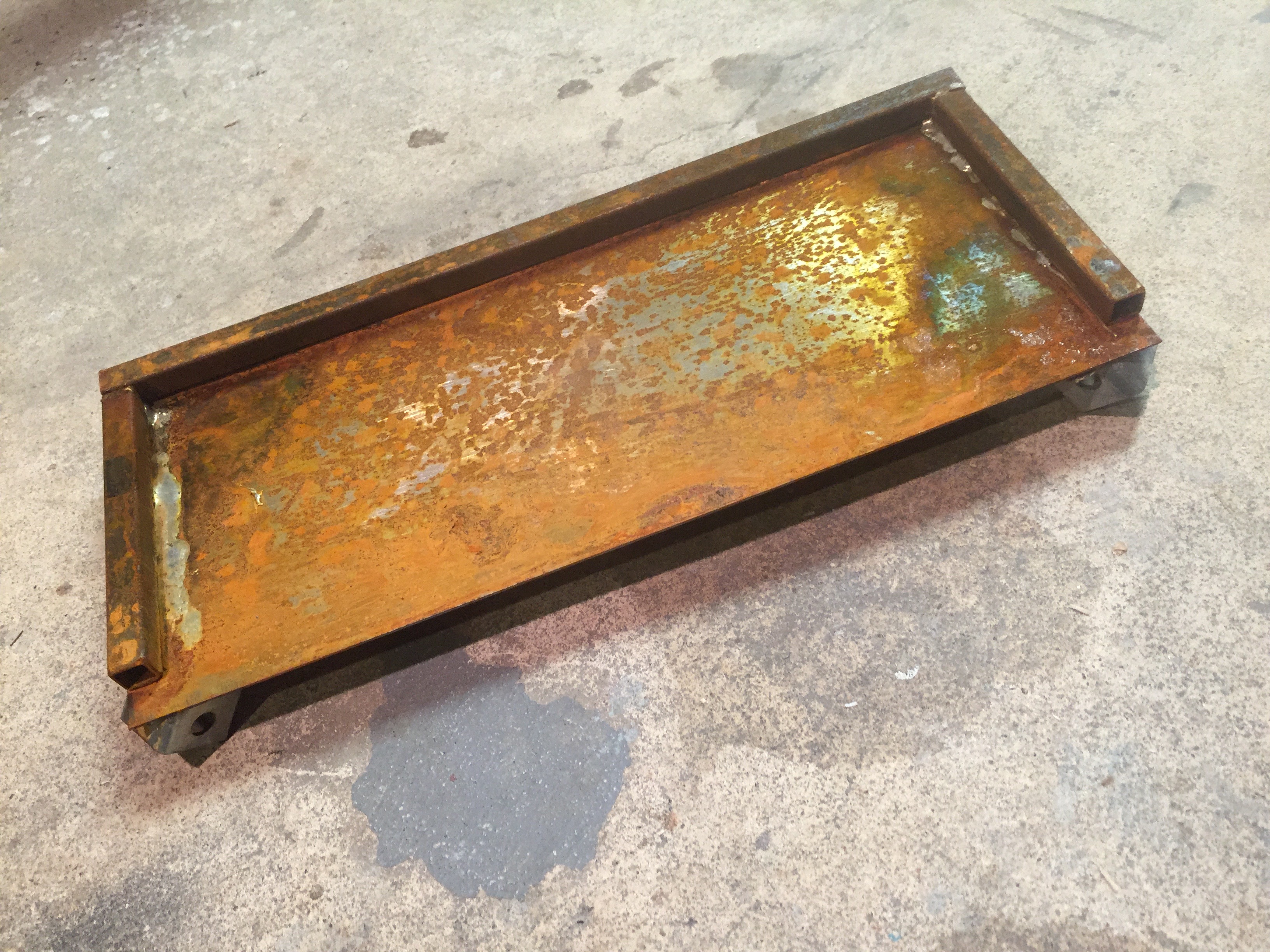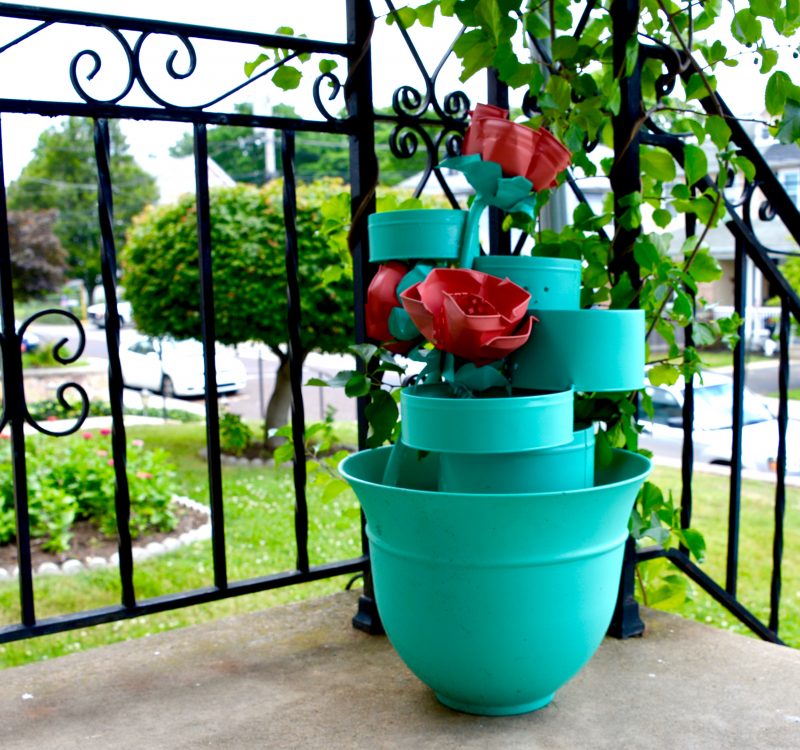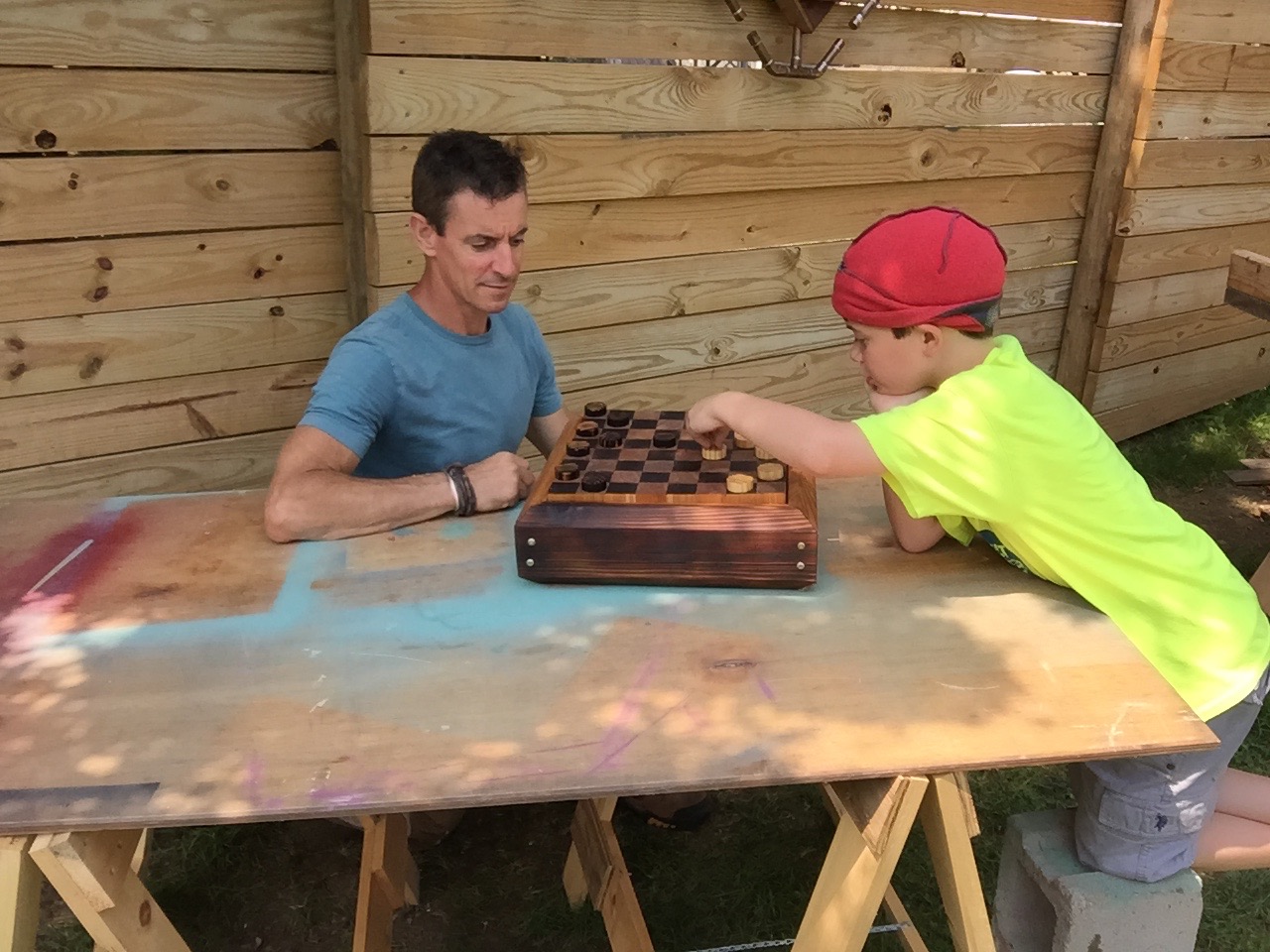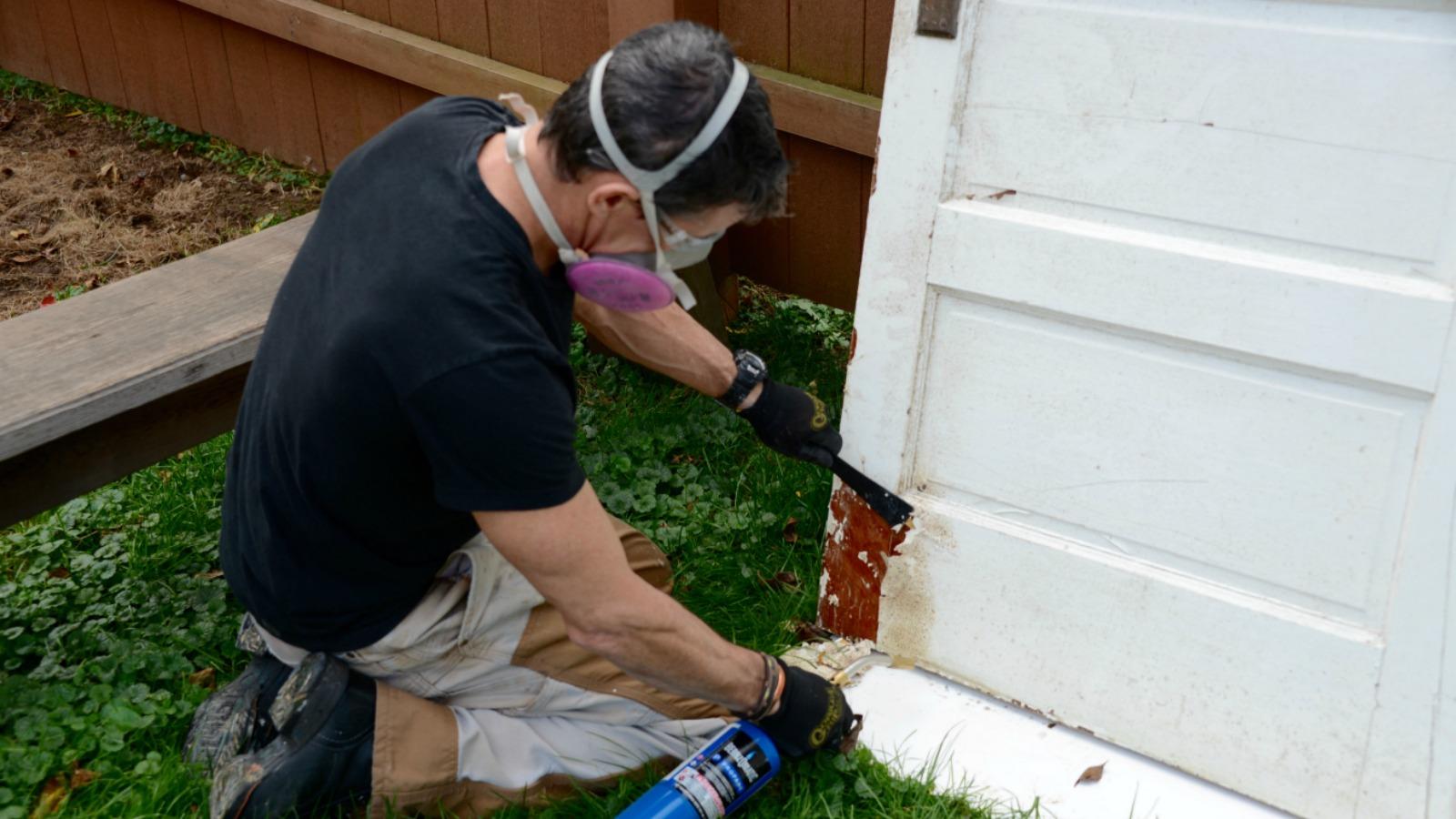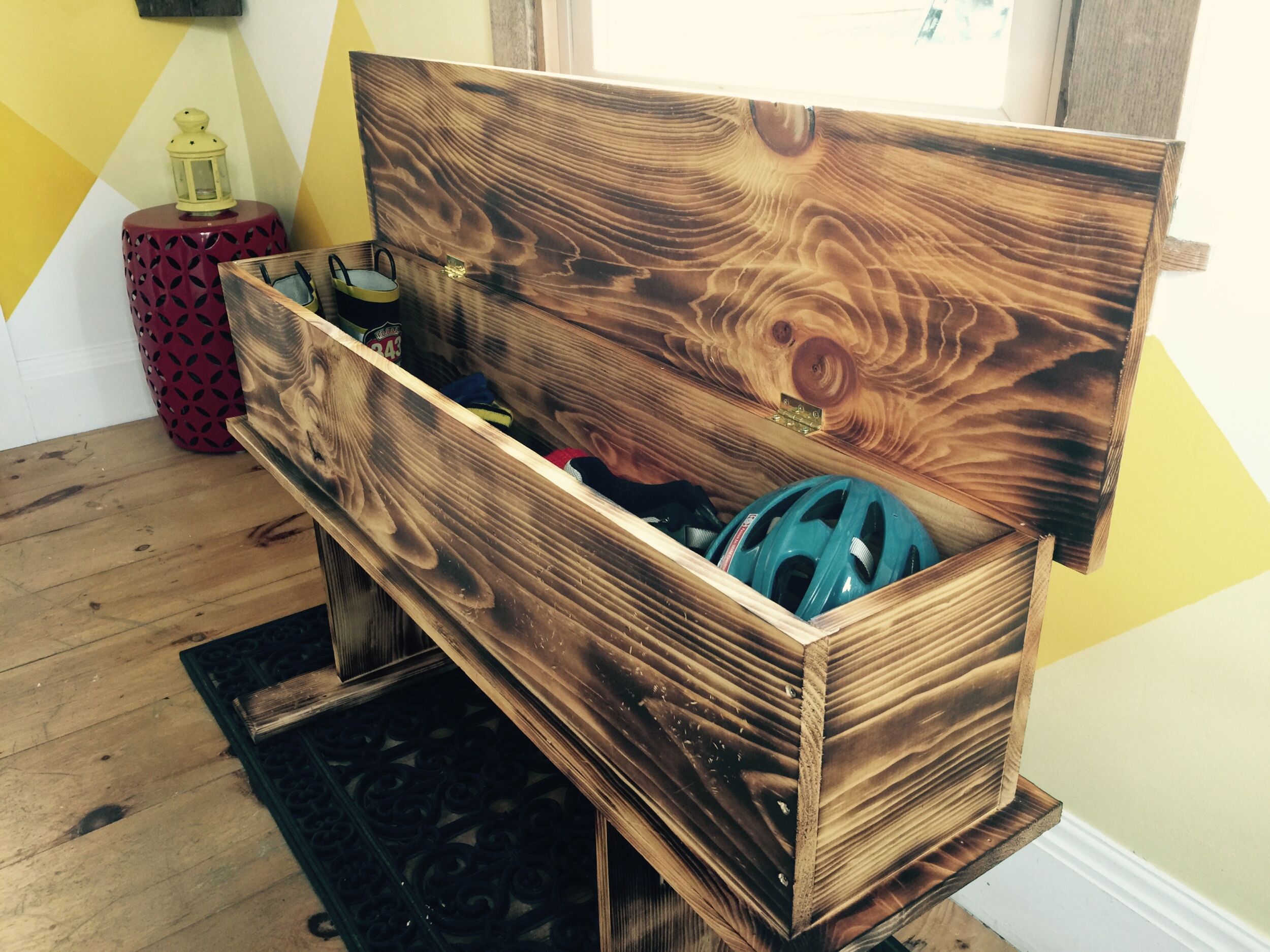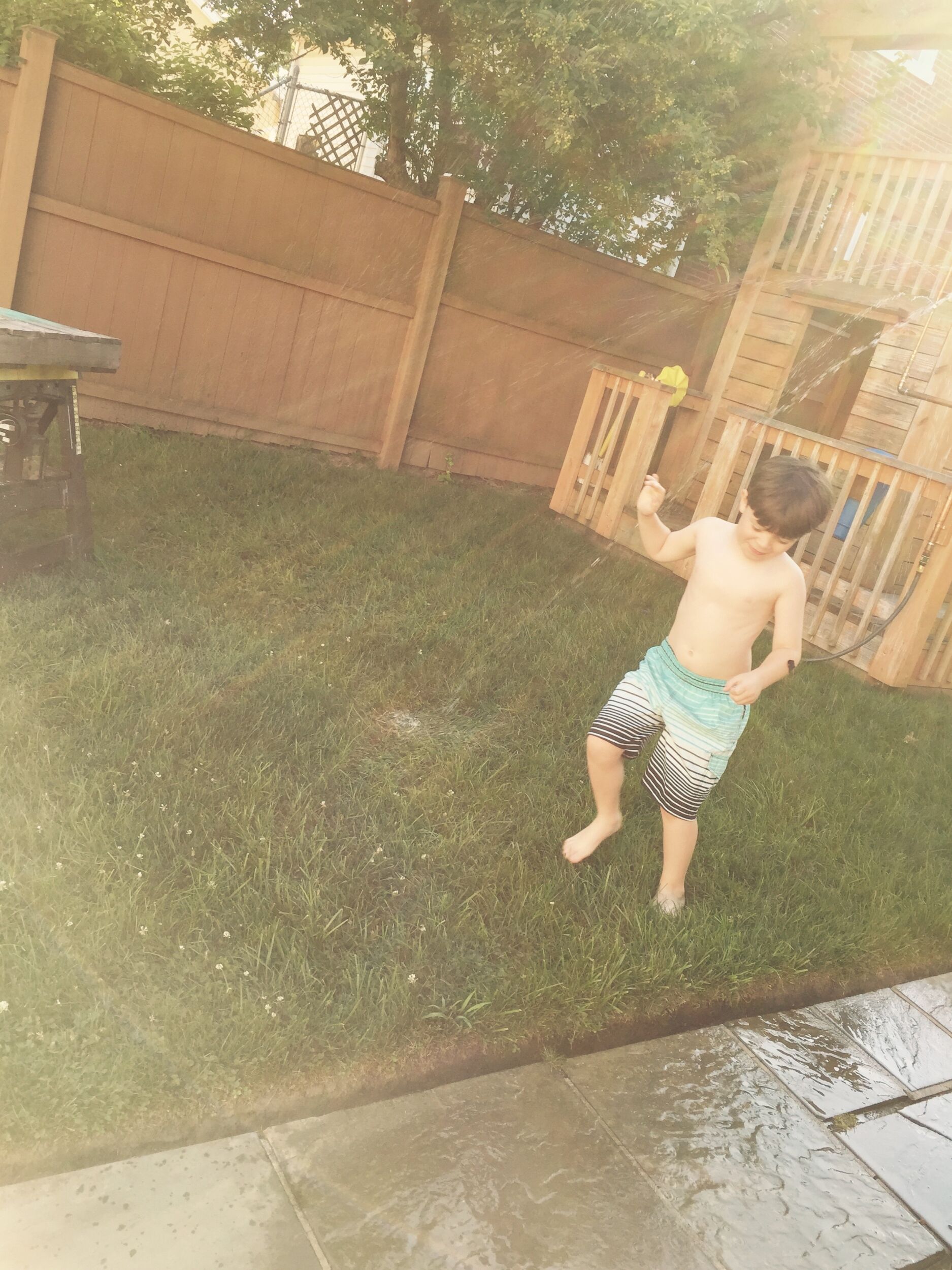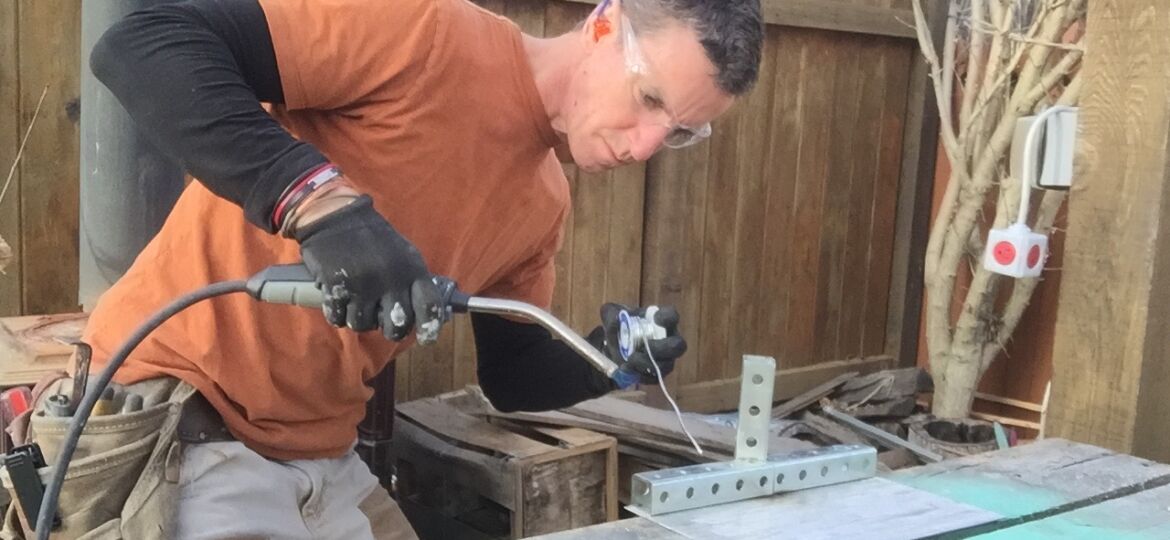
I need an electronics organizer. I do not, however, need something lame or complicated or large. So, I made one myself.
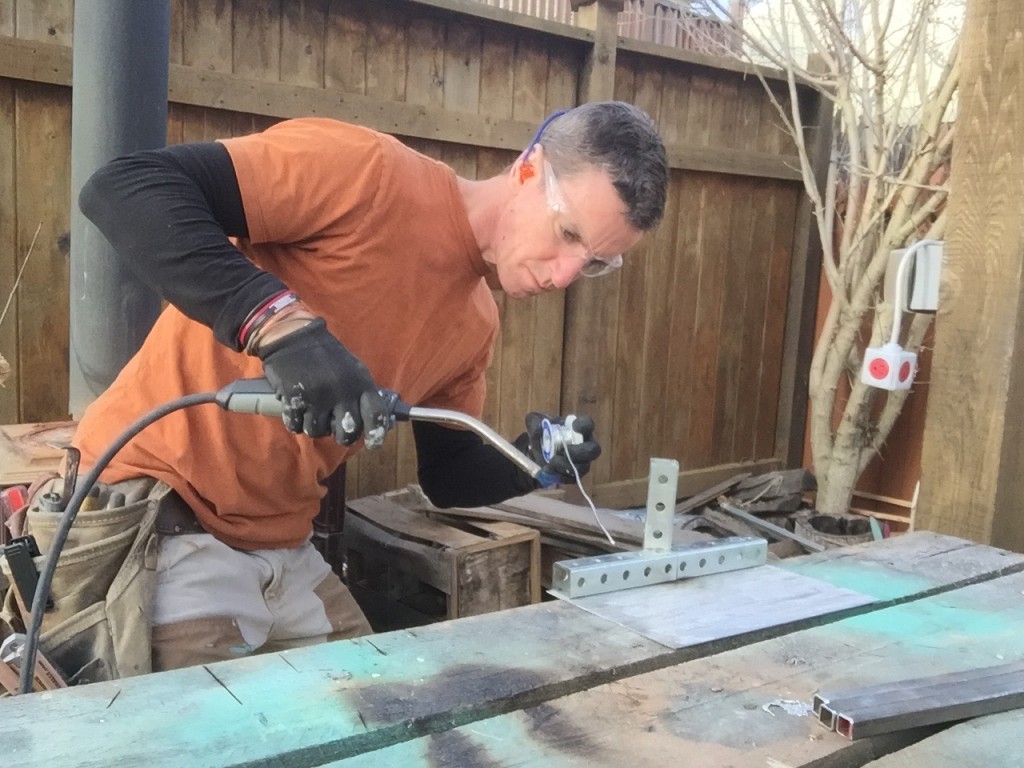


With this device caddy, I experimented with some new (to me) materials and I’m glad I did. I got to try out some new shapes and looks and, my favorite, tools.
Shopping list (I got it all from the ‘steel’ section at a home center):
- 1×1-inch punched square steel tube
- 6×24 metal plate, 16-gauge
- 1/2 x 1/2 – inch square tube
- Bernzomatic torch and gas, solder
- Angle grinder (or other way to cut steel) and metal cutting wheels
- Bench sander
- Clamps
I’m a Bernzomatic Torch Bearer. I’m not their sales manager. They work with us for design and how-to projects, which is what this is. Now, let’s get down to it.
Design
The goal of this electronics organizer is to create a space for the pile of electronic boxes (pausing for a second to really reflect on just how amazing they are) through which we manage our world: Our phones, pads, tablets. I also want to create a space for their tails: The charger cords that I halfheartedly coil up or hang from a screw or door knob.
I also wanted it to look different than other caddies I’ve seen, so I stepped out of my comfort zone on this and went industrial.
The backbone of my electronics organizer (find other organization tips here) is a punched 1×1 square steel tube. Its purpose is to support the shelf and to be a chase or conduit through which I can run all the cords down to a power source.
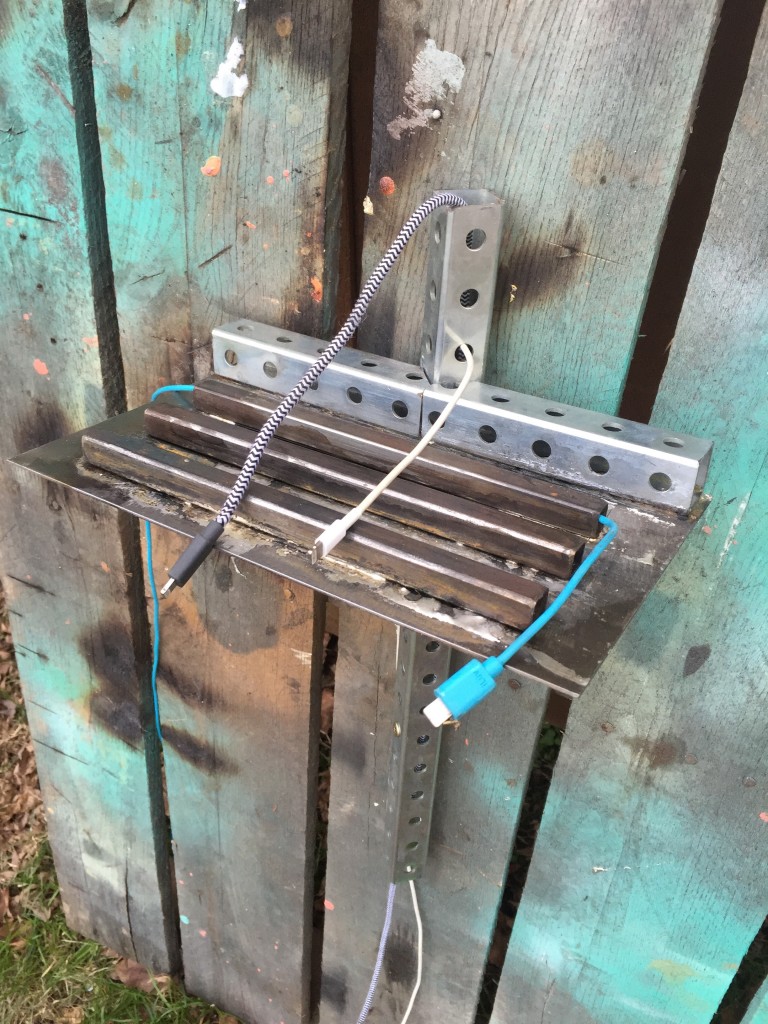


How to
I like using a pallet as a work surface when I use my torch. The gaps in the boards and the cavity underneath come in handy all the time. It doesn’t matter if it gets charred from the flame. Finally, a use for pallets that’s not a couch or rope swing or planter. Actually, I like our planter. Check it out here. If you want a pallet couch, watch this VIDEO.
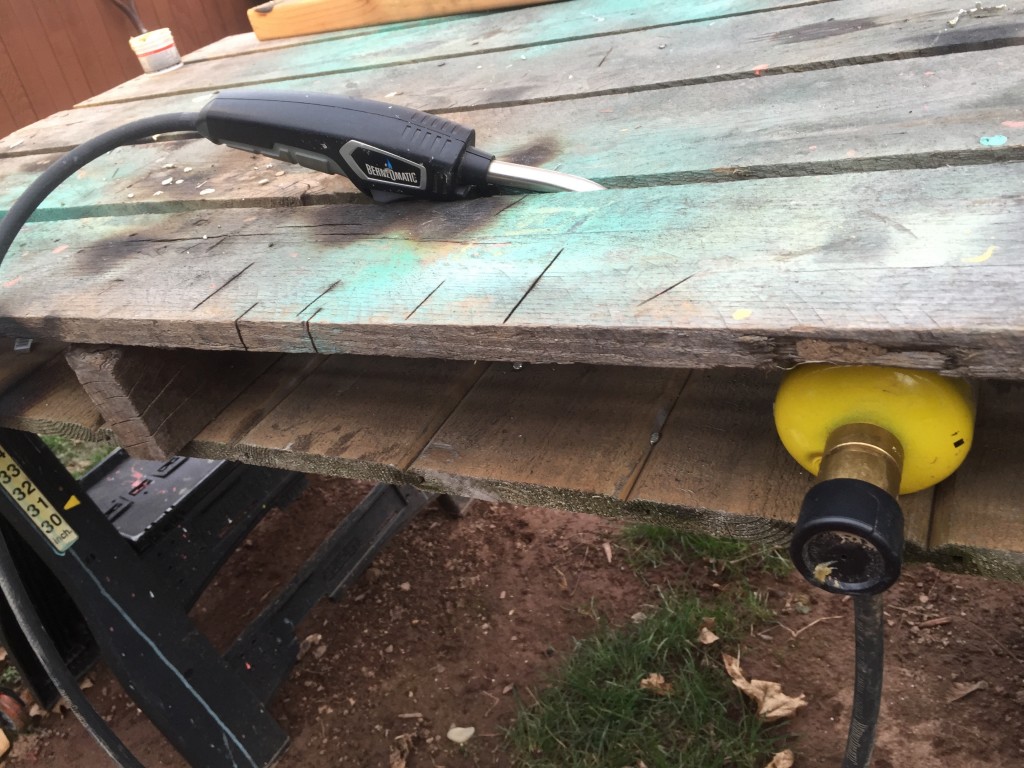


I cut the tube 18-inches. Much longer and it didn’t look right to me hanging on a wall by a door and it was getting longer than many of my cords. Cutting note: I used an angle grinder to cut. It’s an aggressive tool. If you choose to use one, do so carefully.
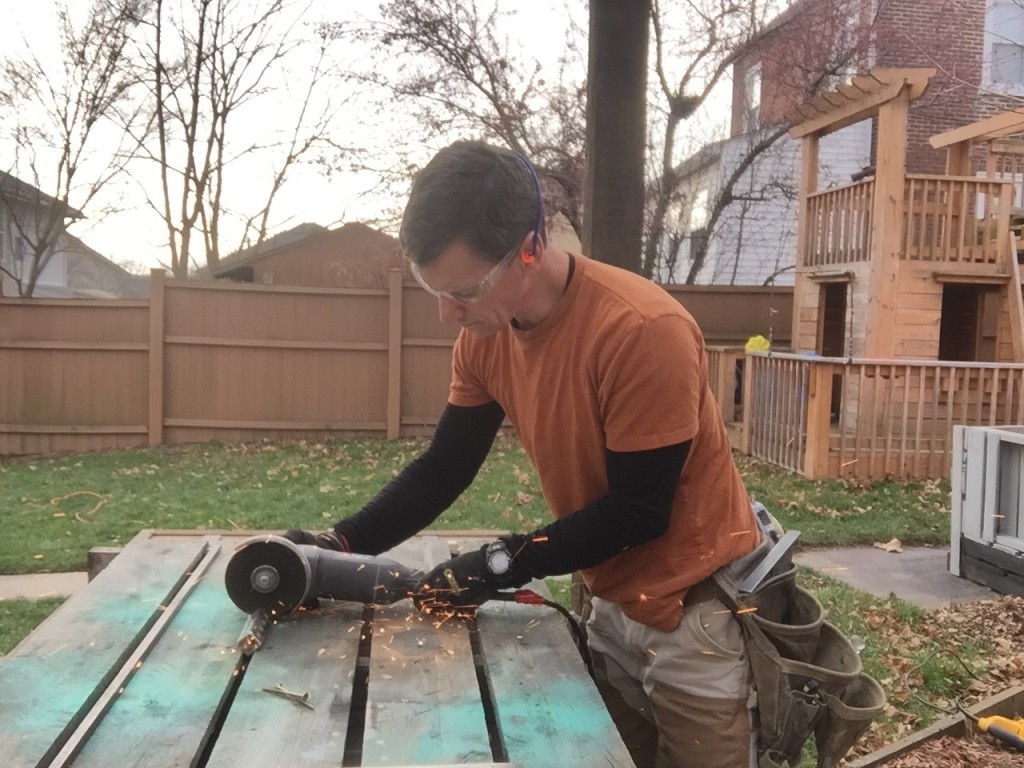


Next, I notched the tube between punches (holes) about 4-inches down and cut the plate 10-inches long. On both, I knocked down any sharp edges as best I could with the cutting wheel. I also used the grinder to ‘etch’ a texture in the steel. It’s not necessary. I was just playing around. After that, I used my Bernzomatic torch to solder the plate to the tube.
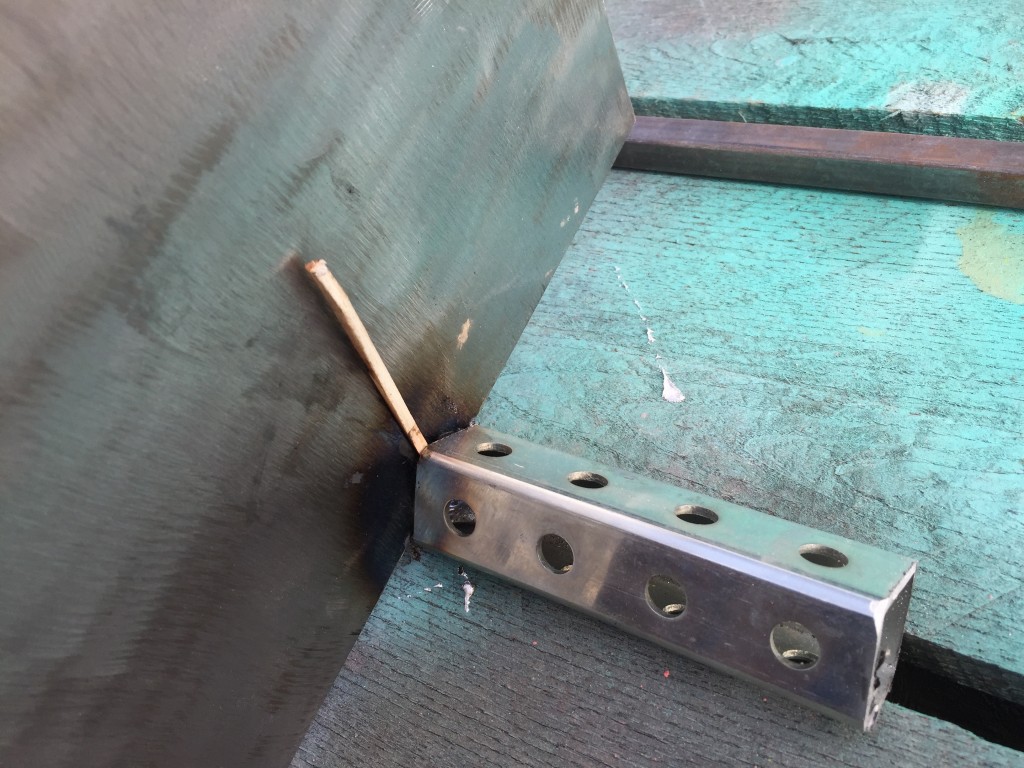


Notice how I notched the pointy part of the square tube (not the flat face). To add some layering and another route for wires, I mitered two more pieces of tube, dry fit them on top of the plate, clipped off their points to create a T-shape. I got that all soldered together Then I cut my 1/2-inch tubing at 8-inches.
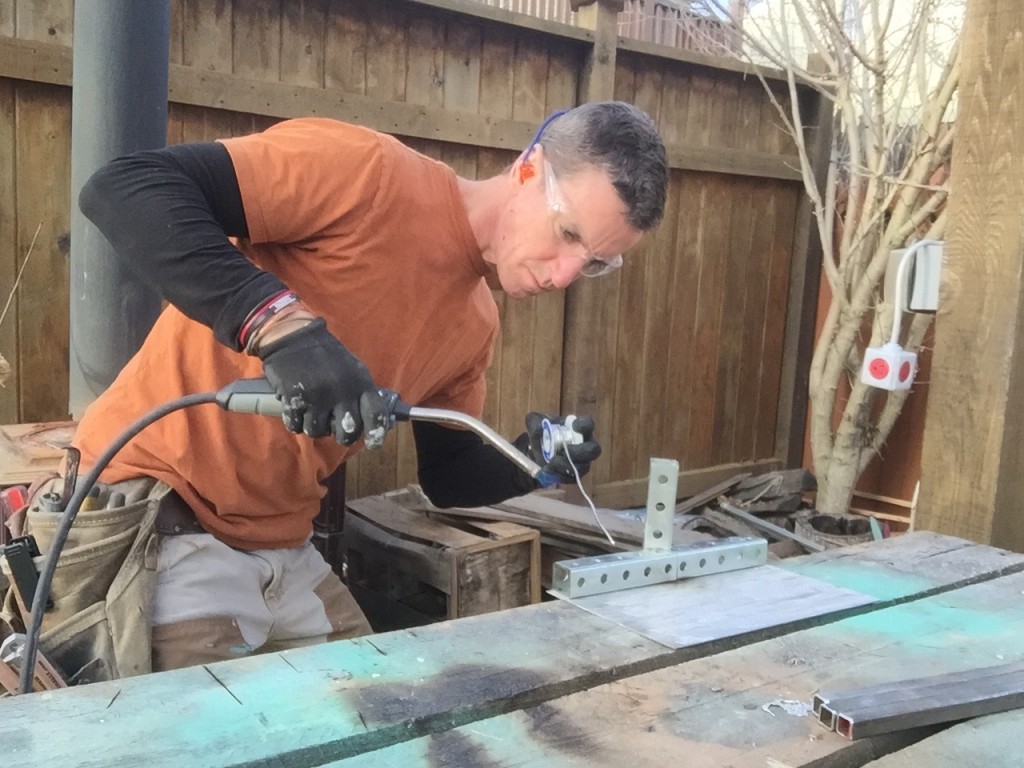


I cleaned up the edges on all the tubing on the tool I love for work like this, my mighty bench sander.
Then I soldered the tube to the 1/2-inch tube plate. The idea is to create stops, so you can lean a device without it slipping off.
And that’s really about it. I did learn a few things. The plate and the tube (especially the 1/2-inch tube) heat up at different rates so getting the solder to stick was a challenge. I applied so much heat that the metal deformed (a little) and changed color. I wanted the solder lines to be way more dialed in than they are, too. All told, I got it to work. The look is tough. Also, the cord-ends on charger cords are not all the same. Some fit through the tubing holes, others not so much. But because I ran the tube on a diagonal, there’s a chase along side it that masks cords too. This is also a place to keep cords in the same place because fishing them through takes some effort.
Finally, after scoping out spots in the house for this to take photos I decided the best home for this is inside a garage or workshop door. It’s one place I consistently have my phone (who doesn’t) and never have a place for it. Now I do.
